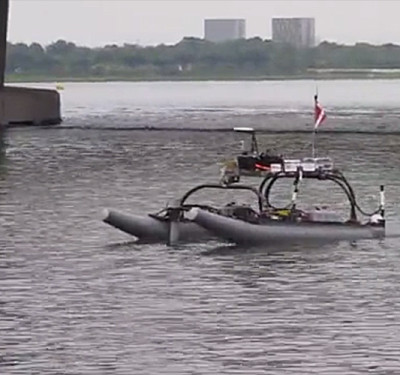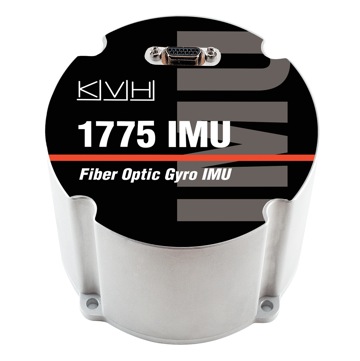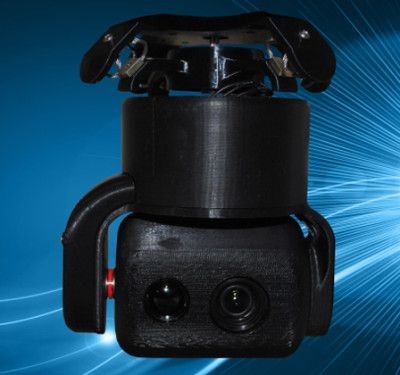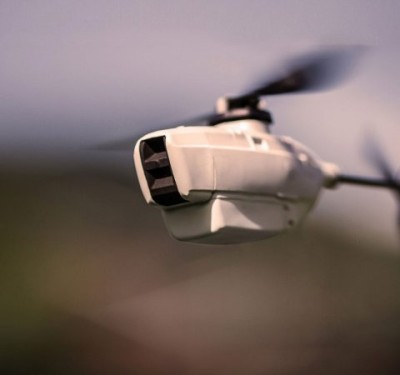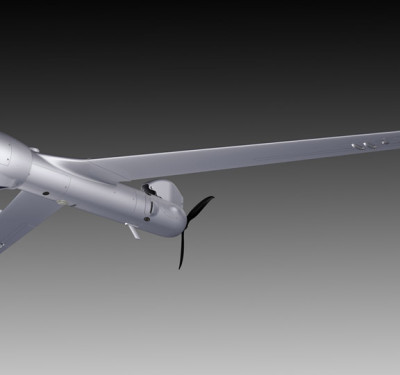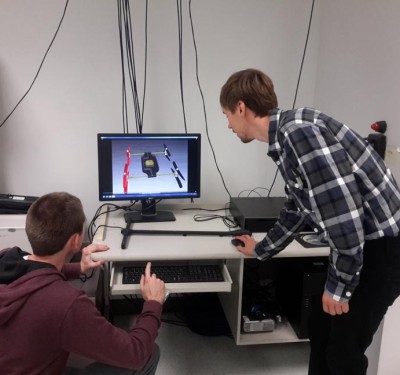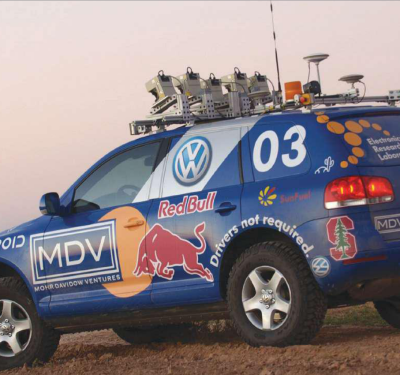Unmanned boats from the Massachusetts Institute of Technology and Olin College recently took first place in the inaugural AUVSI Maritime…
Innovation
KVH Industries Launches Two New Inertial Measurement Units, the 1725 IMU and the 1775 IMU
The 1725 IM and the 1775 IMU, released earlier this year, are designed to integrate into demanding stabilization, pointing and…
UAV Solutions Introduces Dragon View Sensors
UAV Solutions recently released a line of sensors designed to help law enforcement in a variety of situations, including search…
Prox Dynamics Launches the PD-100 T Nano UAV with Night Flying and Surveillance Capability
The PD-100 Black Hornet now features night flying and surveillance capabilities, further enhancing the Black Hornet Personal Reconnaissance System solution…
ING Robotic Aviation Opens New Facility
ING Robotic Aviation officially opened the doors to its new facility in Ottawa earlier this week—representing another step forward in…
Insitu Launches ScanEagle 2
The next generation of Insitu’s ScanEagle platform is here. Insitu officially launched the ScanEagle 2, long-endurance UAS system, at the…
New Technology Could Enable UAVs to Fly Vertically
Imagine an unmanned multi-copter that doesn’t just fly horizontally, but that has the capability to fly vertically as well. This…
Using Unmanned Systems to Fight Wildfires
Large wildfires can create their own weather and a dynamic, uncertain environment, and that is one of the reasons they’re…
A Long and Winding Road for Driverless Vehicles
Interest in automated vehicles is surging, fueled by visions of computer-directed cars able to independently thread their way through a traffic jam before safely dropping off their otherwise-occupied passengers and finding their own parking place.
FAA Test Sites
Alaska: Remote Sensing Nevada: Unmanned Aircraft Standards New York: Testing and Evaluation North Dakota: Communications and Electronics Texas: Marine Applications…
Ocean Explorers Set to Launch
Three new underwater vehicles, each capable of both autonomous and remotely operated missions, will make it possible to explore the secluded recesses of one of Earth’s most dynamic regions—its oceans.


